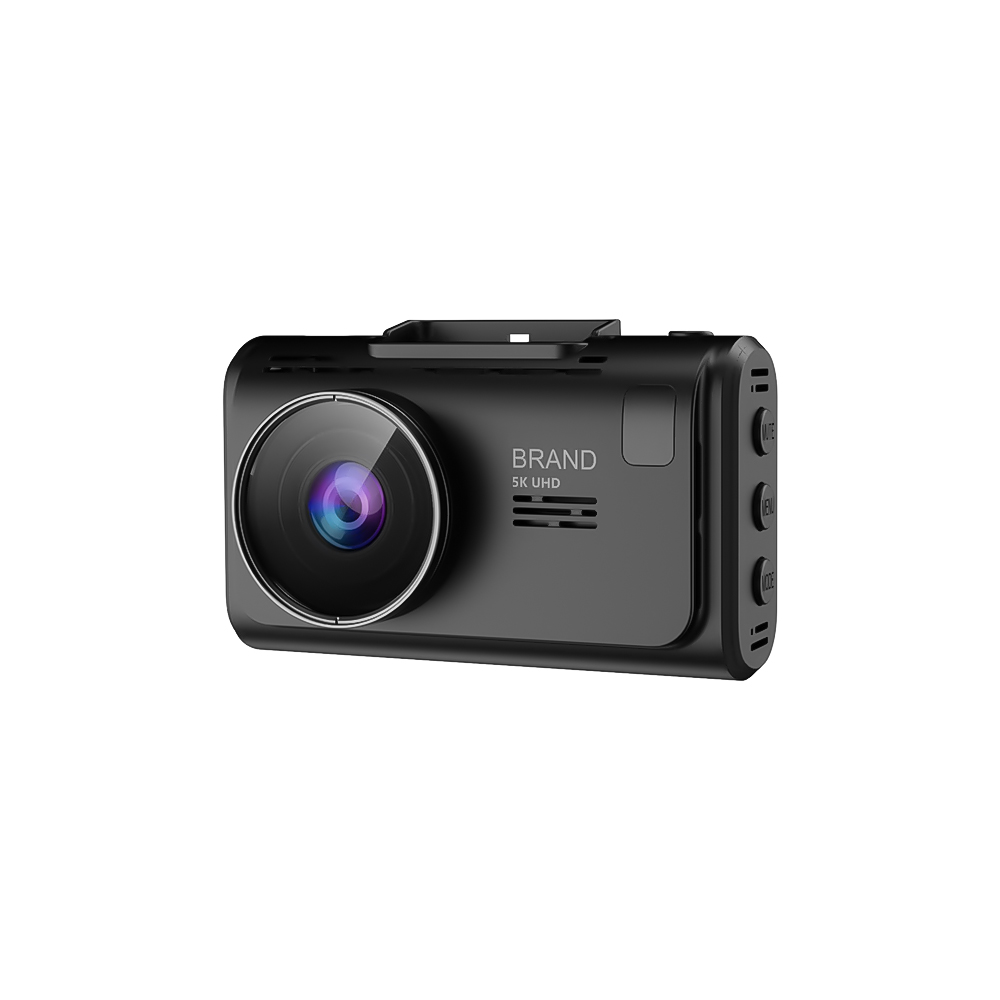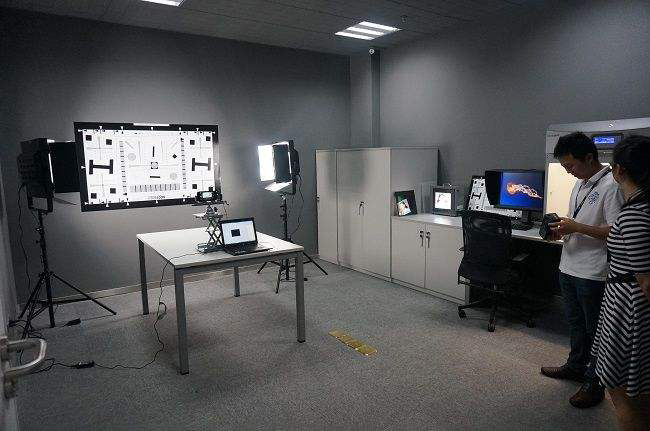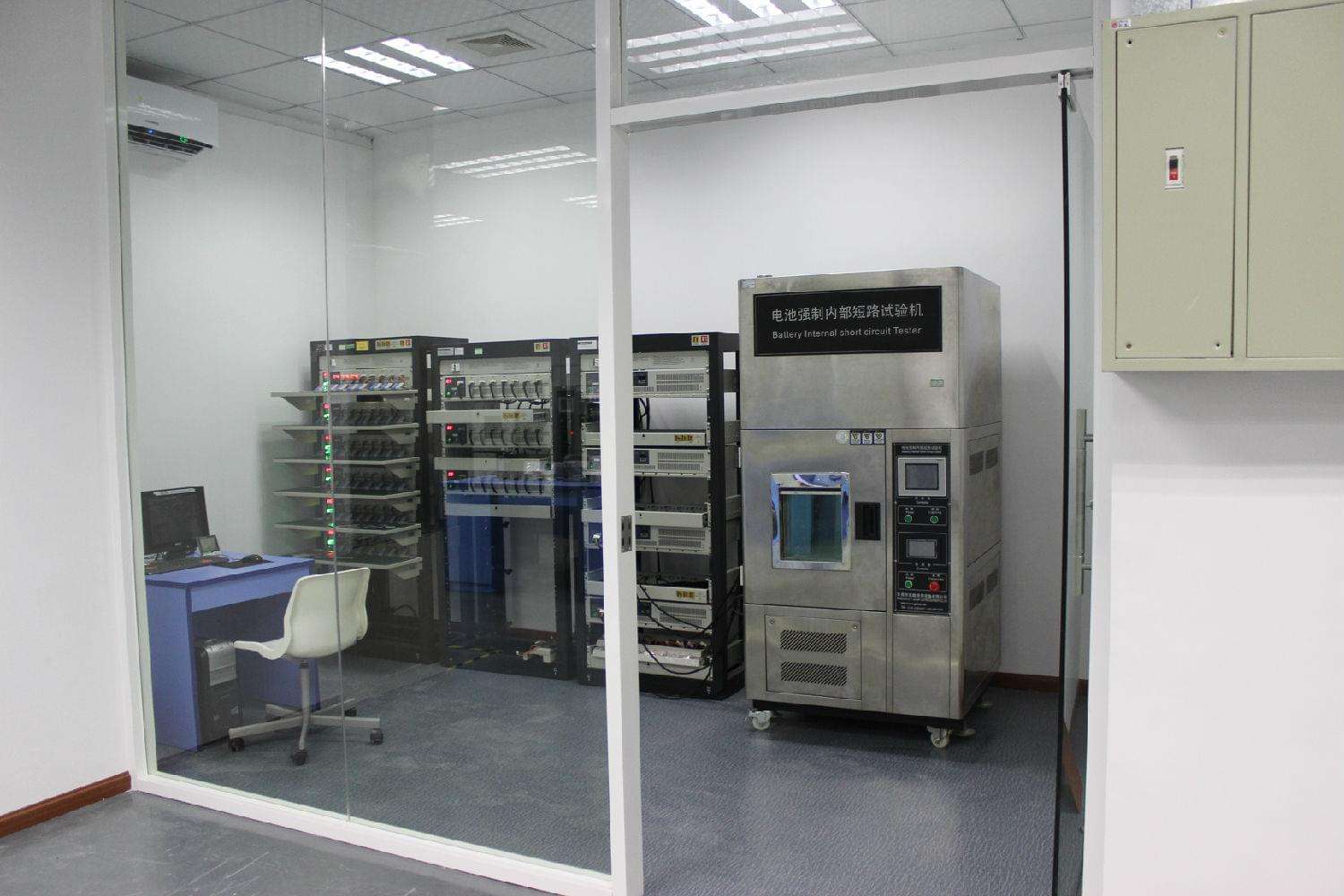Dashcams, a popular automotive accessory, are designed to enhance safety, capture memorable moments, and provide evidence in case of accidents or unusual occurrences on the road. However, one common question that arises is whether dashcams have the capability of night vision. In this comprehensive guide, we will delve into the features and technologies of dashcams to determine if they provide clear and detailed footage even in low-light conditions.

Before exploring the night vision capabilities of dashcams, it is crucial to understand their basic technology. Dashcams are essentially compact video cameras that are mounted on the dashboard or windscreen of a vehicle. These cameras continuously record the view through the windshield and capture footage of the road ahead.
Night vision is a significant feature in dashcams as it ensures that recorded footage remains clear and detailed, even when driving in low-light or dark conditions. It plays a vital role in capturing essential details such as license plates, road signs, and any potential hazards or accidents that might occur during nighttime driving.
There are primarily two types of night vision technologies used in dashcams: Low Light Enhancement and Infrared Night Vision.
3.1 Low Light Enhancement:
Low Light Enhancement is a common feature found in many dashcams. It uses specialized image sensors that capture more light and provide enhanced visibility during night driving. However, it should be noted that while this technology improves visibility in low-light conditions, it does not provide true night vision.
3.2 Infrared Night Vision:
Some advanced dashcams incorporate infrared night vision technology. These dashcams use infrared light to illuminate the surroundings, making it possible to capture clear footage even in complete darkness. Infrared night vision offers superior visibility and is the closest dashcams can get to true night vision capabilities.

When selecting a dashcam with night vision capabilities, several factors should be taken into account:
4.1 Image Quality:
High-resolution cameras with a larger pixel count tend to offer better image quality, especially in low-light conditions. Look for dashcams with a high-definition resolution for clearer and more detailed footage at night.
4.2 Infrared Distance:
If opting for a dashcam equipped with infrared night vision, check the range of the infrared distance. Dashcams with a longer infrared range are better able to capture distant objects with greater clarity.
4.3 Wide Dynamic Range (WDR):
Consider dashcams with Wide Dynamic Range (WDR) technology. This feature helps balance the exposure levels in situations where there are significant contrasts between bright and dark areas, ensuring clear footage regardless of lighting conditions.
While dashcams equipped with night vision are designed to improve visibility in low-light situations, it is important to note their limitations:
5.1 Distance:
The visibility range of dashcam night vision is limited. Objects that are too far away may not be captured with the same level of detail and clarity as those nearer to the vehicle.
5.2 Glare and Reflections:
Glare and reflections from lights, especially on wet roads or when approaching bright sources of light, can affect the effectiveness of dashcam night vision. It might be difficult to capture clear footage under such conditions.
Dashcams do offer night vision capabilities, but the extent and effectiveness may vary depending on the specific features and technologies employed. Considering factors such as image quality, infrared distance, and WDR technology can help in choosing the right dashcam for capturing clear and detailed footage in low-light and dark conditions. Despite some limitations, having a dashcam with night vision can be a valuable asset for ensuring safety and offering peace of mind during nighttime travels.
 Having over ten years of experience in the manufacturing of tachographs
Having over ten years of experience in the manufacturing of tachographs
 Provide over 20 private mold designs, focusing on independent research and desig
Provide over 20 private mold designs, focusing on independent research and desig
 Over 10 years of R&D and QC experience
Over 10 years of R&D and QC experience